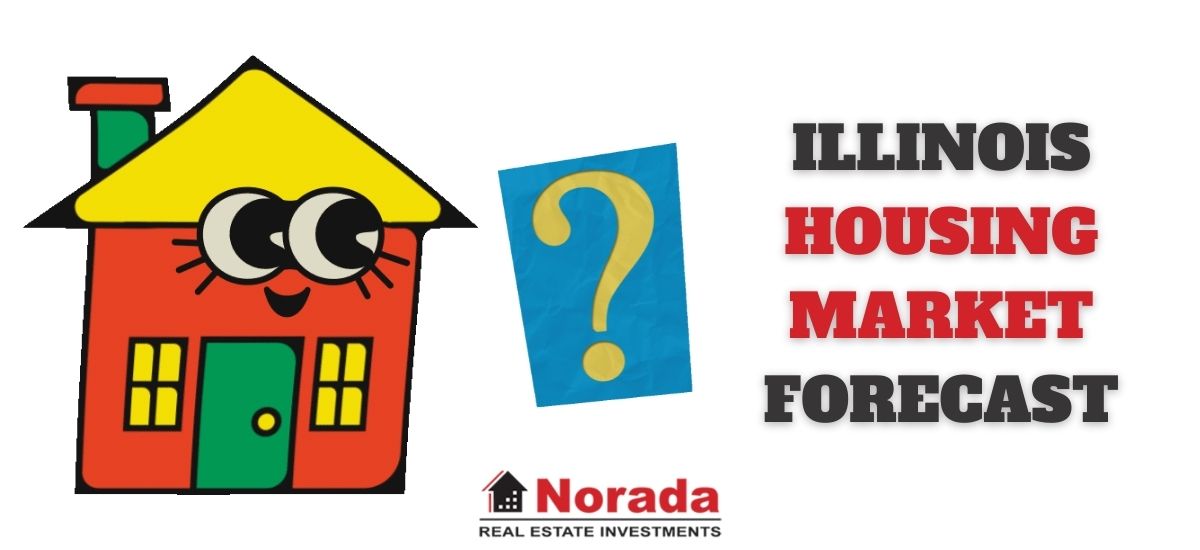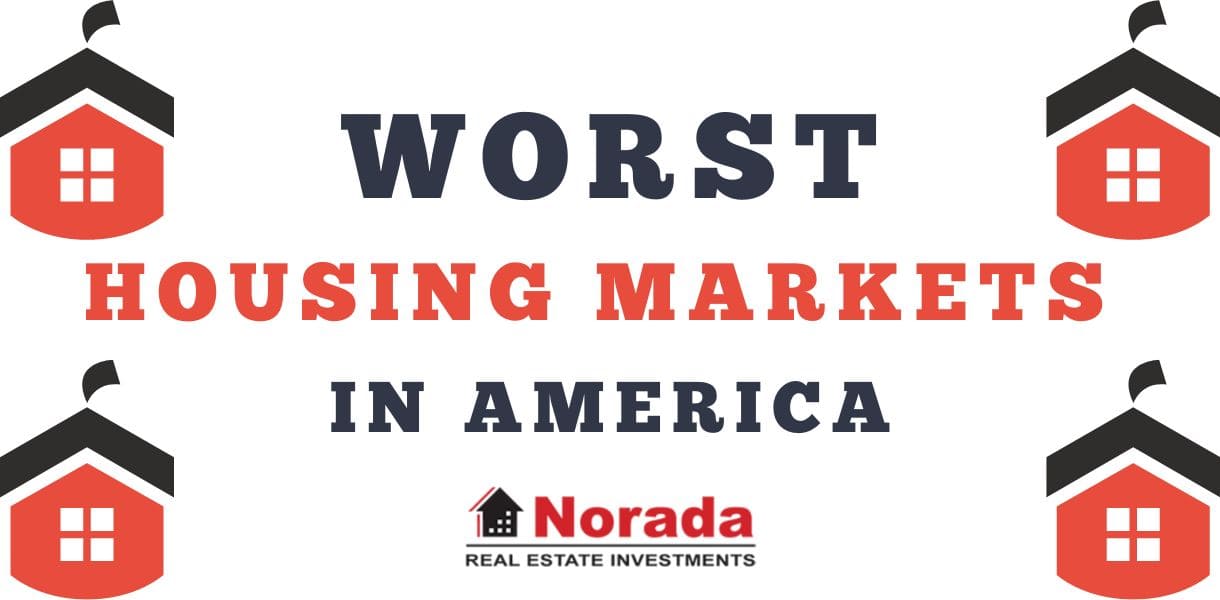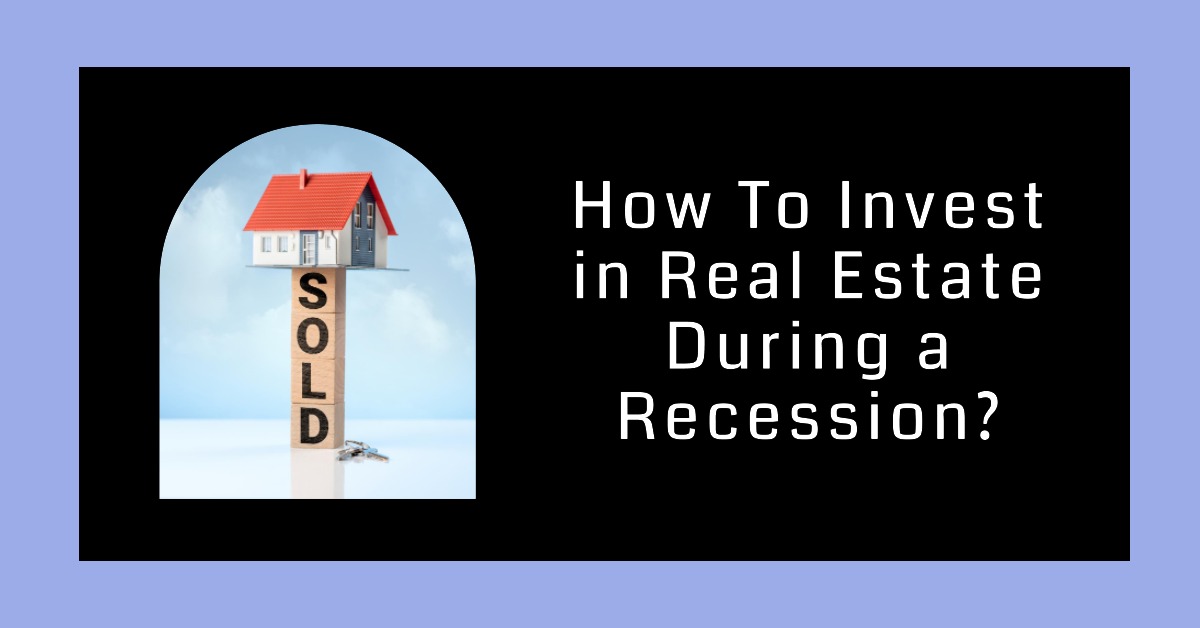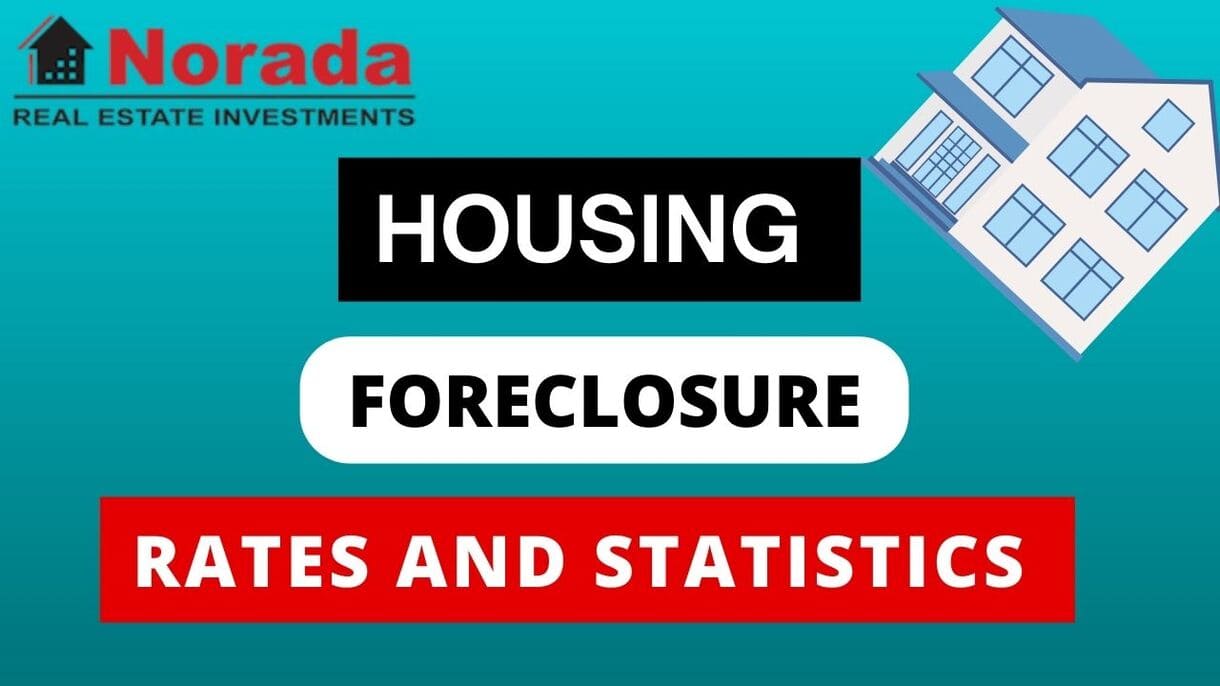Illinois Housing Market Trends in 2025:
Home Sales
How are home sales doing in Illinois?
As reported by Illinois REALTORS®, in May 2025, closed sales in Illinois totaled 12,674, a 4.7% decrease compared to May 2024 when there were 13,300 closed sales.
| Metric | May 2024 | May 2025 | Percent Change |
|---|---|---|---|
| Closed Sales | 13,300 | 12,674 | -4.7% |
| Previous Month's Closed Sales | 11,711 | 11,467 | -2.1% |
It's important to note that while sales have dipped slightly year-over-year, they are a key indicator of market activity. Remember that real estate market activity can vary across different locations in Illinois, so consider getting in touch with a local Realtor to get more information.
Comparison with National Home Sales in the U.S. in June 2025
Nationally, existing-home sales are also showing some fluctuation.
- There was a 2.7% decrease in total existing-home sales month-over-month, reaching a seasonally adjusted annual rate of 3.93 million.
- However, there's no change in sales year-over-year, according to the National Association of REALTORS® (NAR).
The Illinois market's dip in closed sales is relatively in line with some of the national trends, suggesting that broader economic factors are at play.
Home Prices
Are Home Prices Dropping?
No, home prices in Illinois are not dropping. In fact, they're going up! The median sales price in Illinois for May 2025 was $315,000, which is a 5.0% increase compared to $300,000 in May 2024.
Comparison with Current National Median Price in the U.S.
The national median home price tells another story. As of June 2025, the national median price is $435,300, reflecting a 2% year-over-year increase. This is also a record high for the month of June. So while Illinois prices are rising, they are still below the national median, making Illinois relatively affordable compared to some other states.
From my experience, I see that there is a lot of competition and bidding wars among home buyers, especially for properties that are priced right and in great locations.
Housing Supply
Is It a Buyer's or Seller's Housing Market?
The inventory of homes for sale in Illinois is increasing. In May 2025, there were 19,890 homes on the market, a 6.0% increase from the 18,758 homes available in May 2024. While an increase in inventory is a good sign for buyers, we still need to see how this trend plays out over the next few months.
Days on Market: Homes are staying on the market slightly longer. In May 2025, the average days on market until sale was 27 days, compared to 26 days in May 2024, a 3.8% increase. This could indicate that buyers have slightly more negotiating power.
Whether it's a buyer's or seller's market can depend on different conditions, so it's best to check with your local Realtor.
Market Trends
Impact of High Mortgage Rates
One of the biggest factors influencing the housing market is mortgage rates. As of July 17, 2025, the average 30-year fixed mortgage rate is around 6.75%, and the 15-year fixed-rate mortgage is about 5.92%, according to Freddie Mac's Primary Mortgage Market Survey®.
- 30-Year Fixed Rate: Around 6.75%
- 15-Year Fixed Rate: About 5.92%
These rates have a direct impact on affordability and buyer demand. High rates can deter potential buyers, leading to a cooling effect on the market. According to various forecasts, the 30-year FRM rate will likely end 2025 between 6.0% and 6.5%. The stability in mortgage rates may encourage some prospective buyers to enter the market.
Additional Factors Influencing the Illinois Housing Market
- Economic Conditions: Illinois's overall economy, including job growth and unemployment rates, plays a significant role in housing market stability. Strong job markets tend to support housing demand.
- Demographic Shifts: Changes in population, household formation, and migration patterns can influence housing needs and demand in different areas of Illinois.
- Government Policies: Tax incentives, zoning regulations, and housing programs can either stimulate or hinder market activity.
- Seasonal Variations: Real estate markets typically experience seasonal fluctuations, with spring and summer being the busiest times for buying and selling.
While it's impossible to predict the future with certainty, current forecasts suggest a gradual stabilization of the Illinois housing market. The expected moderation in mortgage rates by the end of 2025 could provide a boost to buyer confidence and activity.
My Thoughts
In my opinion, the Illinois housing market is currently in a state of transition. We're seeing a shift from the hyper-competitive seller's market of the past few years to a more balanced market. For buyers, this means more opportunities to find the right home and negotiate terms. For sellers, it means pricing your home strategically and preparing for a potentially longer selling process.
Summary: The current Illinois housing market trends present a mixed bag of opportunities and challenges. While sales are slightly down, prices are rising, and inventory is increasing.
Illinois Housing Market Forecast: What to Expect in 2025 & Beyond
I've been diving into the latest numbers, and the Illinois Housing Market Forecast paints a picture of mixed signals – while the state saw a slight overall increase in home values recently, future trends seem to vary quite a bit depending on where you are. According to Zillow, the average home value in Illinois is currently around $285,813, which is up 3.5% compared to last year. This gives us a starting point, but the real story is in the details.
Many people are asking if prices will keep going up, level off, or maybe even drop. Let's break down what the experts are saying and what the data suggests for the rest of this year and into 2026.
First off, let's look at the current situation. As mentioned, the average home value across Illinois recently hit approximately $285,813. That’s a decent jump of 3.5% over the last year. This suggests that while the market has seen some activity and value growth, it hasn't been experiencing the wild swings you might have heard about elsewhere. It feels more stable, which is often a good sign.
Latest Forecast: A Look at Illinois Regions
Now, let's get into the future projections. Zillow has provided some interesting forecasts for different areas (known as MSAs or Metropolitan Statistical Areas) within Illinois. These predictions look at the likely percentage change in home values for a few key dates. It's important to remember these are predictions, and the real market can always surprise us, but they give us a valuable guide.
Here’s how things are playing out:
| Metro Area | June '25 Projection (%) | Aug '25 Projection (%) | May '26 Projection (%) |
|---|---|---|---|
| Rockford | 0.2 | 0.3 | 2.1 |
| Freeport | 0.3 | 0 | 1.6 |
| Pontiac | 0.4 | 0.4 | 0.2 |
| Bloomington | 0.3 | 0 | -0.1 |
| Decatur | 0.5 | 0.5 | -0.1 |
| Peoria | 0.2 | -0.1 | -0.5 |
| Rochelle | 0.5 | 0.1 | -0.6 |
| Taylorville | 0.9 | 0.4 | -0.8 |
| Chicago | 0 | -0.5 | -1.1 |
| Champaign | 0 | -0.4 | -1.1 |
| Kankakee | -0.3 | -1 | -1.2 |
| Dixon | 0 | -0.8 | -1.4 |
| Effingham | 0.4 | -0.2 | -1.5 |
| Springfield | 0.2 | -0.1 | -2.1 |
| Sterling | -0.3 | -1.4 | -2.4 |
| Charleston | 0.4 | -0.5 | -2.5 |
| Carbondale | 0.1 | -1.1 | -2.6 |
| Centralia | -0.4 | -1.2 | -2.6 |
| Danville | -0.8 | -1.6 | -2.8 |
| Davenport (IA)* | -0.2 | -1.2 | -3.6 |
| Quincy | -0.1 | -1.1 | -4.2 |
| Lincoln | 0 | -1.4 | -4.5 |
| Galesburg | 0.2 | -0.9 | -4.6 |
| Macomb | -0.5 | -1.9 | -5.3 |
| Jacksonville | -0.3 | -1.9 | -5.5 |
| Mount Vernon | -0.6 | -2.8 | -5.9 |
What strikes me immediately is the general trend towards declining home values in many Illinois regions by the end of the forecast period (May 2026). While some areas like Rockford might see slight growth, many others, including major hubs like Chicago and Champaign, are projected to experience small decreases.
Even more concerning are the larger projected drops in cities like Springfield, Galesburg, Jacksonville, and Mount Vernon. This suggests that while the state average might seem okay, many local Illinois housing markets could face real challenges.
Nationwide Housing Market: What's Happening?
Now, how does this compare to the rest of the country? Lawrence Yun, the Chief Economist at the National Association of Realtors (NAR), offers a more upbeat national outlook. He thinks “brighter days may be on the horizon.” Here are his key predictions for the U.S. housing market:
- Existing Home Sales: Expected to increase by 6% in 2025 and jump another 11% in 2026. This points to more people buying and selling homes.
- New Home Sales: Predicted to rise by 10% in 2025 and an additional 5% in 2026. This is great news for boosting housing supply.
- Median Home Prices: Forecasted to grow steadily, rising by 3% in 2025 and 4% in 2026. This suggests more sustainable price increases.
- Mortgage Rates: Expected to cool down, averaging 6.4% in the latter half of 2025 and dropping further to 6.1% in 2026. Lower rates often make buying more affordable and can boost demand.
Overall, the national forecast is generally positive, pointing towards recovery and modest growth, largely thanks to expected lower mortgage rates.
Will Home Prices Drop in Illinois? Will it Crash?
So, back to the big question: Will Illinois home prices drop significantly, or will the market crash?
Based on the data I've seen, a widespread statewide crash seems unlikely, especially if the national trends predicted by NAR hold true. The modest growth expected nationally, combined with falling mortgage rates, should provide some support.
However, the specific regional forecasts for Illinois from Zillow are definitely a cause for caution. Many areas, particularly outside the major metro centers or even within Chicago itself, are projected to see prices fall between now and mid-2026. This isn't a crash, but it does suggest that sellers in certain parts of Illinois might need to be more realistic about pricing, and buyers could find more negotiating power in those specific markets. It seems like the Illinois housing market might not follow the national trend perfectly, with some local areas potentially experiencing downturns.
A Look Ahead: Potential Forecast for 2026
Looking towards 2026, the national picture suggests a market finding its footing. But for Illinois, the story looks more complex. While national factors like lower rates could help, the above projections indicate that many local Illinois markets might continue to face downward pressure on prices into early 2026.
It really comes down to local conditions – things like job growth, local inventory levels, and population changes matter hugely. What happens in Chicago might be very different from what happens in Springfield or Peoria.
My advice? If you're navigating the Illinois housing market, pay close attention to trends in your specific town or neighborhood. Talking to a local real estate agent who really knows your area is more important than ever right now. They can give you the most tailored advice based on the latest local data.
In conclusion, the Illinois Housing Market Forecast suggests a period of adjustment. While national optimism exists, Illinois faces regional challenges. Stay informed, be prepared, and focus on your specific local market!
Regional strategies may need to focus on attracting investment and incentivizing homeownership to stimulate more balanced developments in less accessible markets.
Illinois Housing Market Snapshot
Key Highlights
Average Home Value: $285,813 (increase of 3.5%)
Sales Trend: Sales down by 6.5% year-over-year
Top Regions on the Rise
| Region | Forecasted Growth by May 2026 |
|---|---|
| Rockford | 2.1% |
| Freeport | 1.6% |
Top Regions Facing Challenges
| Region | Forecasted Decline by May 2026 |
|---|---|
| Mount Vernon | -5.9% |
| Jacksonville | -5.5% |
Overall Market Sentiment
Sales Trends: Expected continued volatility with varying performance across regions.
Market Outlook: Mixed, but with opportunities for growth in select markets.
Seize the Midwestern Momentum—Illinois Housing Market
The Illinois housing market is shifting: affordability is improving, mid‑sized metro areas are gaining traction, and investors are starting to notice strong rental demand across key regions.
Norada helps you take advantage of this evolving opportunity—with turnkey investment properties in Illinois markets poised for growth and positive cash flow.
HOT NEW LISTINGS JUST ADDED!
Talk to a Norada investment counselor today (No Obligation):
(800) 611-3060
Recommended Read:
- Top 10 Buyer-Friendly Housing Markets Where You Can Snag a Deal
- Chicago Housing Market: Prices, Trends, Forecast
- Naperville Housing Market: Prices, Trends, Forecast
- Housing Market Trends 2025: Sales, Prices, and Supply Analysis
- 20 Worst Housing Markets Facing Biggest Price Crash or Correction by 2026





